Interview with directors Adéla Komrzý and Tomás Bojar

The film was shot within one week. Where did you get the idea to focus on the time of talent tests only?
Adéla Komrzý: The director always looks for a certain frame, delimits the field of activity. When thinking about the topic, I remembered Claire Simone and her film about the talent tests at the La Fémis film school. I saw it a few years ago at the FAMU where she showed it and discussed with film students. I found her approach very inspiring. Even limited space and time allow you to ask the most general questions and explore the character of an institution and arts.
The time of talent tests is a very dramatic one. Teachers decide about the applicants’ future, and the heaviness of these decisions influences the atmosphere at the school. Teachers reflect on their responsibility and admit it – more or less. Some even see themselves as “gatekeepers” watching over those who may or may not enter.
For my films, I look for environments that are also visually attractive. The academy’s building is perfect in this sense and so are the teachers’ and applicants’ preoccupied faces. It is joyful to see interest in their expressions.

Tomás Bojar: I’d say we got the idea rather quickly. Its genesis was surprisingly simple: Adéla was addressed by the AVU to make a film on the occasion of the school’s 220th anniversary. Adéla gave it some thought and reached a conclusion that observation of talent tests could make an interesting portrait of the institution. When future artists are selected, it also becomes clear – among other things – what we expect from art as such. Later Adéla asked me if I wanted to be a part of this project and I didn’t hesitate at all. It is primarily because I respect her work – I find her last film exceptionally great. I somehow supposed we would get on well and the collaboration would be fruitful. Another reason was that I’d thought of the talent tests as a film topic for years, but I’d never expected any art school would let it happen. The AVU did, surprisingly, and I’m very grateful to the school and mainly its then rector, Tomáš Vaněk. It is not something to be taken for granted, this proves his ability to stay above things and his generosity.
As soon as we agreed upon basic things with the rector and teachers, we started coming to the academy regularly and observing it closely. We were rather thorough: we explored it from the workshops in the basement to the New Media studio at the attic and we were witnessing many unusual moments. Most importantly, we watched the whole four-day process of the previous talent tests a year in advance, mostly without shooting. That was when we realised it was this time period we would like to use in the film, as the talent tests are concentration of all that we were looking for. It has the necessary drama and tension, and especially the questions we are asking ourselves: Why should one create artwork? Who for? Is it enough that “I know how to do it” or that someone praises my work? All the crucial things are taking place in a lively dialogue and authentic situations so there is no need to manipulate things – all you do is watch carefully. Naturally, preparation was necessary and we had to accept the risk that things may not go as well as we’d imagined. For me, it was not that hard. I worked on the films Breaking News that was shot within one day and Two Nill which was shot during one evening, so this one-week schedule seemed almost generous in comparison.
It would be incredibly interesting to work on a time-lapse documentary observing the future careers of some of the applicants to see how they used their talents. But that would take a lot of hard work and I’m afraid I don’t have enough time and energy for that right now.
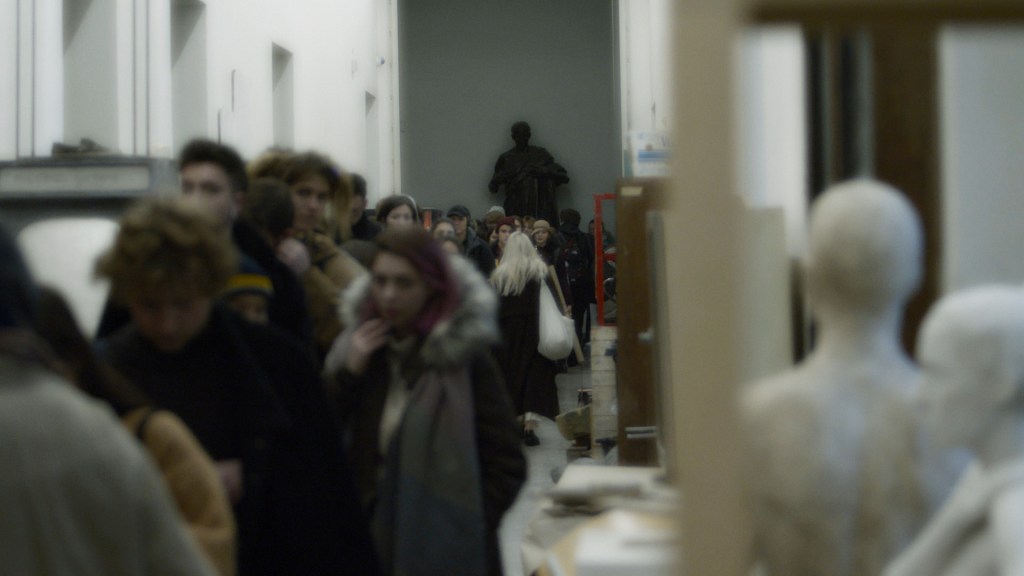
Talent tests can be very stressful for applicants. How did you manage to enter this delicate environment? And was there anyone who refused to participate?
AK: The whole process was based on the AVU’s helpfulness and mostly on the rector Tomáš Vaněk who wan- ted this documentary to be made and supported us in communication with applicants. This was the first step. Our next task was to find specific studios and teachers who’d be willing to rise to the challenge. After we found them, we fine-tuned the details of the shooting together making sure that the crew wouldn’t bother the applicants. This was specific for each studio. For example, in Kateřina and Darina’s studio, we were not physically present during the interviews. The room was rather small and they explicitly asked us not to send more people there, so we just set the cameras and watched the field monitor from another room. In the other studios, we got closer to the applicants and communicated directly which was nice. It was a great ice-breaker – even for us. I was worried and wanted to make sure I wouldn’t upset anyone or violate their concentration. Recently I met an applicant who was admitted to Vladimír Kokolia’s studio and asked him how he felt about the shooting in hindsight. I was pleased when he said: “Oh, I completely forgot! What did you shoot?” I found it very reassuring.

TB: Everyone agreed, there was only one applicant who was not keen on the crew and sort of sabotaged the shooting. However, she never stopped the shooting, although she had that option and could use it anytime. Generally, all the applicants were informed about the documentary in advance by the studios. They were told that if they didn’t agree with the shooting, they could simply tell us and the crew would respect it. No- body asked us to be excluded though. At the beginning of the talent tests, they were notified again – and again, nobody complained. During the process, we kept making sure we didn’t bother anyone or ruin their performance. Besides minor exceptions, the whole camera concept was designed in an unobtrusive way. There were two reasons: we wanted them to be able to work smoothly without interruptions, and we wan- ted our material to be as lively and natural as possible.

How did you select the studios we can see in the film?
AK: We wanted to show diversity of approaches to the talent tests. It’s a pity we could not include all the media, for example sculpture. However, this would be too demanding in terms of funding and also because of the length – the film would get twice as long. Not all the studios wanted to be included, which in fact made our selection easier and I’m happy about the final structure. Each studio has a slightly different vision of their role and their selection criteria. Art is not like sports or science; it cannot be measured so easily. It is there- fore interesting to observe how the selection process gets influenced by personal taste, overall feeling, the studio’s strategic concept or the structure of students who had already been admitted. I really appreciate how open the academy was about its processes and how they admit that they are not 100% in control of everything. They saw the film as a kind of feedback and I’d say it’s always a healthy approach.

TB: I think it has two levels. One level is simply the fact that not only at art schools, but also in society as such, plurality is extremely important. It is this, let’s say, Nietzschean concept of what is good for one person may not be good for another. There are very different types of people with very different needs. Vladimír Kokolia made an apt comment after seeing the film for the first time: “It’s great that we still don’t understand each other completely here at the AVU.” This is a crucial and useful thing. Especially if we know why we don’t understand or agree completely and if we’re able to have a factual discussion about it.
The New Media 2 studio is different from the Graphic Design 2 studio in any imaginable way. As a student – if I had any artistic talent, of course – I would choose Kokolia’s Graphic Design 2 studio based on my per- sonal inclinations, but I fully understand why the school has the New Media as well. Among other things, it is an experimental lab where new unorthodox methods can be tested. As a slightly conservative person, I may be a little sceptical about some of them and I wouldn’t pretend otherwise, but I fully understand why it makes sense for the above-mentioned plurality. We tried to work with this diversity intentionally – in fact, we followed the simple dramaturgical rule that if three people do the same thing, it is not the same thing.
The other level is also simple: making a film is the art of the possible, and you can only do it with those who are willing to. There are also other interesting studios at the AVU, but we weren’t able to come to agreement with all of them. However, the resulting composition is certainly more than virtue made of necessity. Hone- stly, we would have probably reached it even in case of no limitations at all. Perhaps, the only hypothetical difference would be adding the sculpture studio where they would hardly talk and mostly just do things.

Was there anything surprising? And did you find answers for all your questions?
AK: For me, the whole work was about searching for an answer to my question how the most prestigious art school in Czechia organises its talent tests. What do the teachers look for and what are their selection criteria?
Do the applicants need to be able to draw? How important is it to know the context for art work? What does it mean to be an author? Why do we need arts nowadays – if we still do? What is an artist’s social role? These were some of the questions I was curious about. I’d find it fascinating to ask such questions at the time when the AVU was founded or, for example, in the 1950s when the school and artwork was heavily controlled by the state ideology. And so we made a report on talent tests in 2020.
The very fact we were present during the talent tests and allowed to enter the building gave me some basic insight. I’m not offering any objective answers, but our documentary will reveal the process to the audience so we could look for the answers together. That’s what I’m looking for.
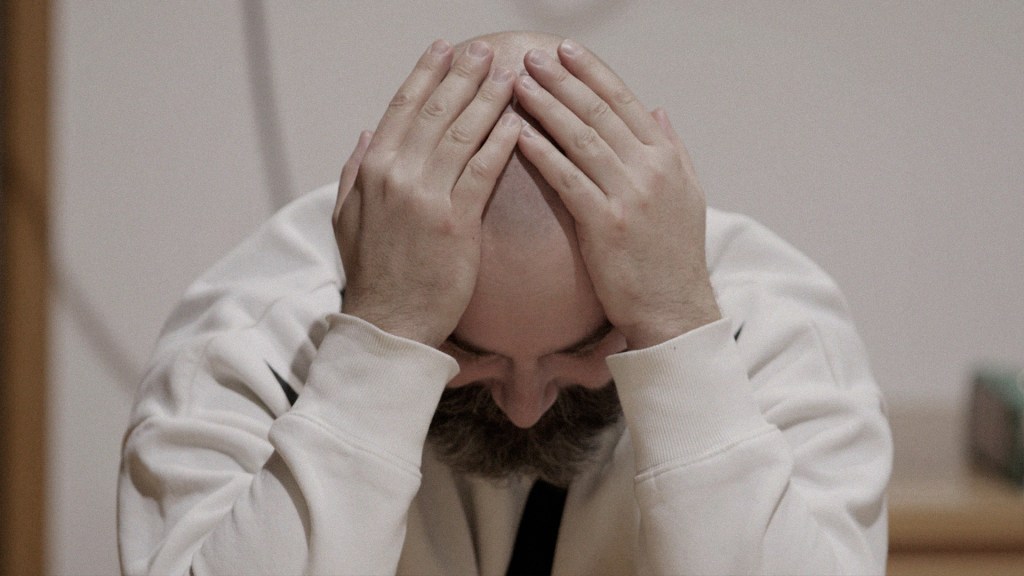
TB: I haven’t found any ultimate answers, but after all, I never find them anywhere. This was actually another confirmation of the fact that the more you learn about something, the less clearly defined your opinion is. Although in fact, we live in an era when – as Tereza Matějčková pointed out fittingly – opinions are overrated while thinking is underrated.
Nevertheless, there was something I found slightly surprising. When asked why and for whom we make arts, many protagonists gave answers such as “I do it for myself”, “because I feel it this way” or “Because I can and because I want to.” In the film, this is naturally but a partial layer and certainly not the most important one, but I still find it remarkable. I believe it says something about the value paradigm of the current generation of the “Klaus children” as I call them, something they grew up with and see as self-evident. The heritage of liberal individualism seems still very strong and perhaps that’s why most attempts of collective or community functioning of studios appears a little awkward. As Vladimír Kokolia says in the documentary, in the 1990s, we moved from one extreme to another and in the name of everything “personal” in art, we sort of forgot those “impersonal” or “transpersonal” aspects. Some time ago, I tried to write an essay on this topic. I may publish it one day, but I don’t want to do it now and influence viewers before they get to see the film.
I will only mention one key idea that was expressed so well by Hannah Arendt. She said that what differentiates philosophy of the modern age from the previous eras, is the emphasis and analysing of the self and self-consciousness as something separate from the soul or person or human existence. All experience including the world of people around us is reduced to experience of consciousness of the self. The typical sign of the modern era is therefore not alienation from the self as Marx suggested, but rather alienation from the world. I was surprised to see this becomes very obvious in some moments of our film.
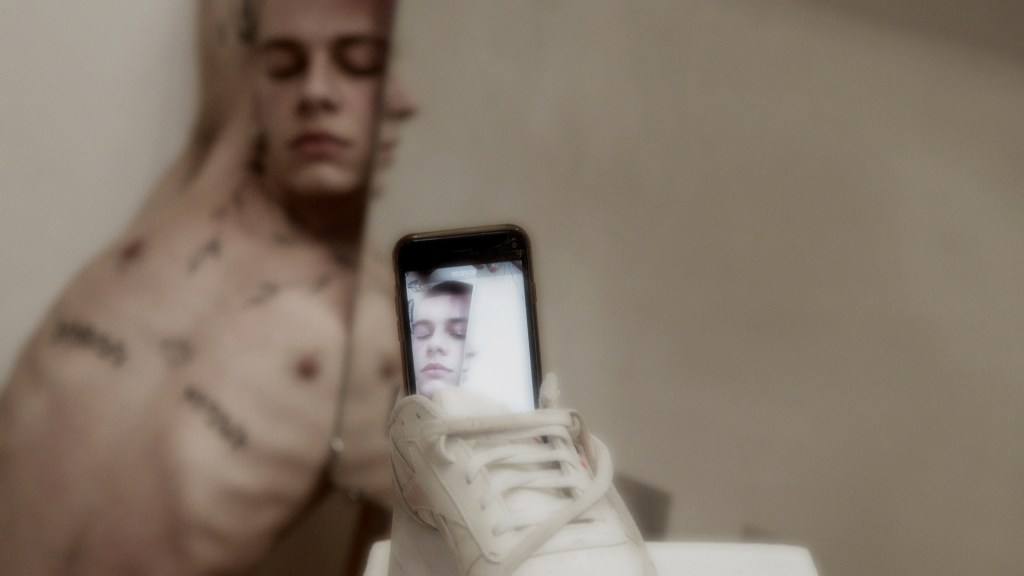
Is there anything you’d like to share with the viewers before the screening?
AB: They will surely have fun and remember various amusing situation from the times when they took entrance exams or any interviews – as all of us have had some of them. I’d also like to invite high-school students who are considering application for an art school. They will get an idea what it may be like, and perhaps becoming more familiar with this formerly unknown territory may give them empowerment and insight.
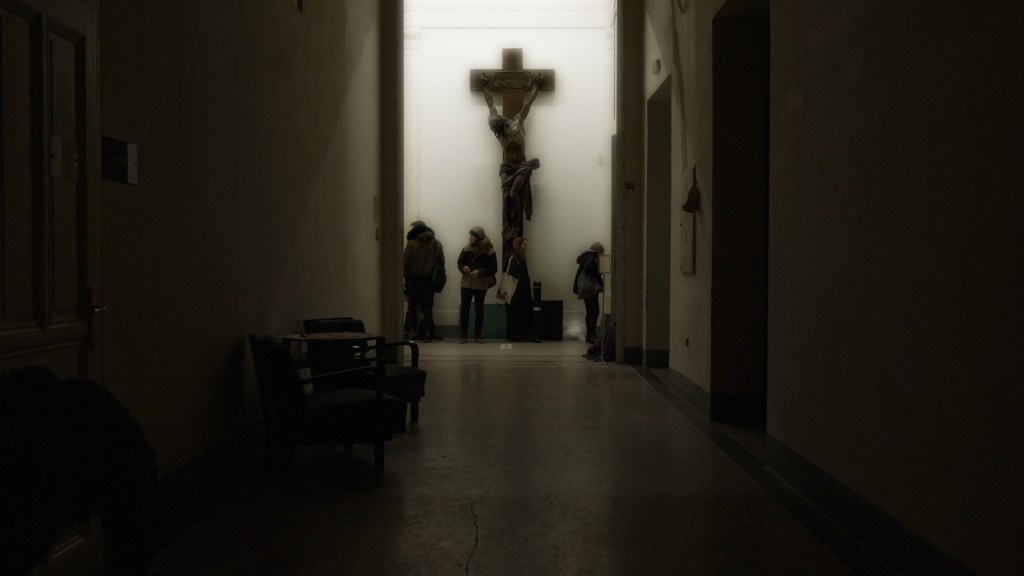
TB: I think they should just watch the film and see what they think. It may or may not resonate, but it hope- fully contains everything that me, Adéla and Hedvika wanted to point out. If we explained things explicitly before the screening, we would erase everything beautiful, implicit and un-instructive about the film. So perhaps just one thing: if the viewers don’t find it good, they do not need to comfort us with those polite phrases like “I’m sure you worked really hard on it”. As we have learned from Vladimír Kokolia, it is often the most pathetic works that cost too much hard work (laughter).
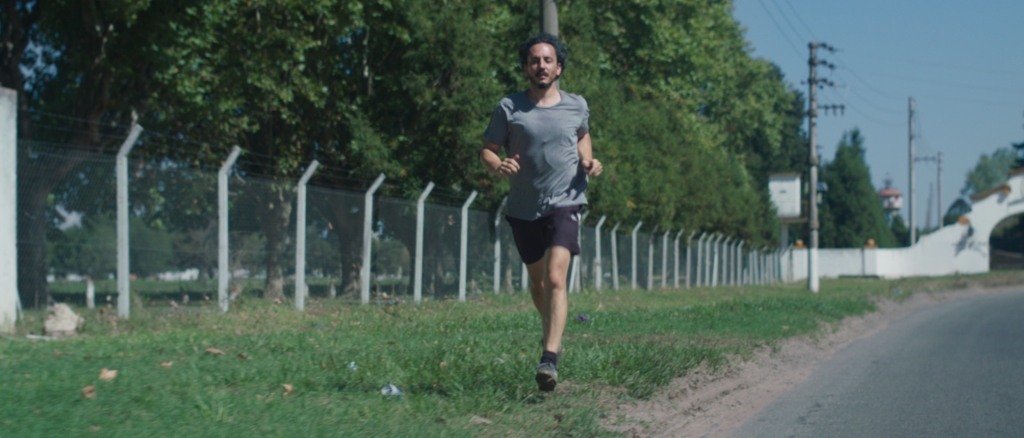
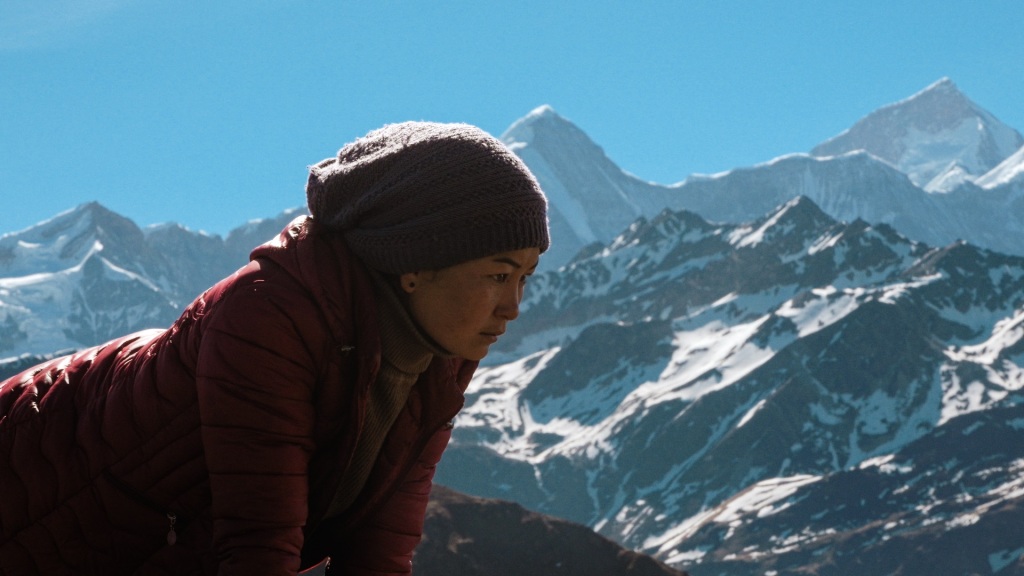
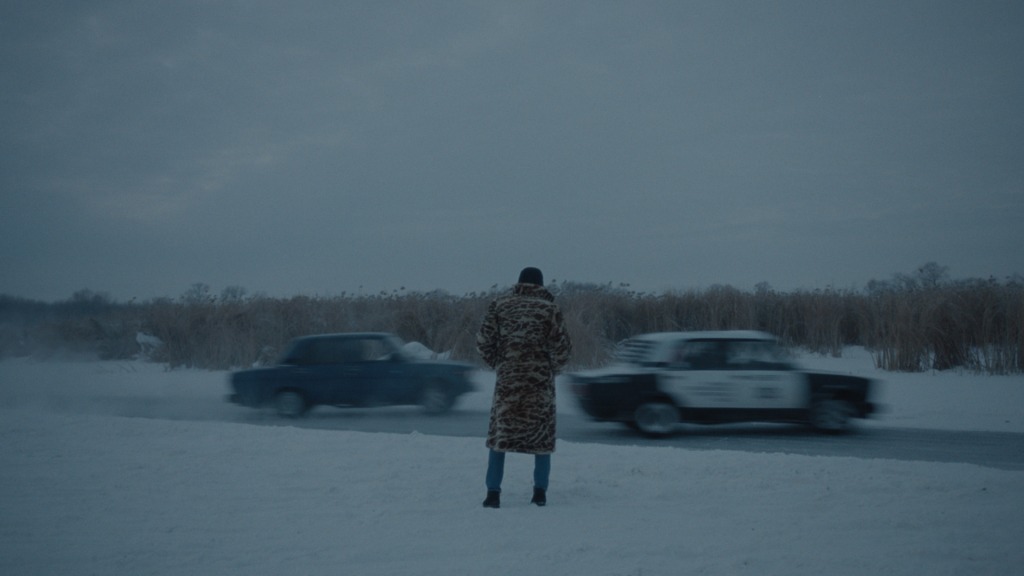
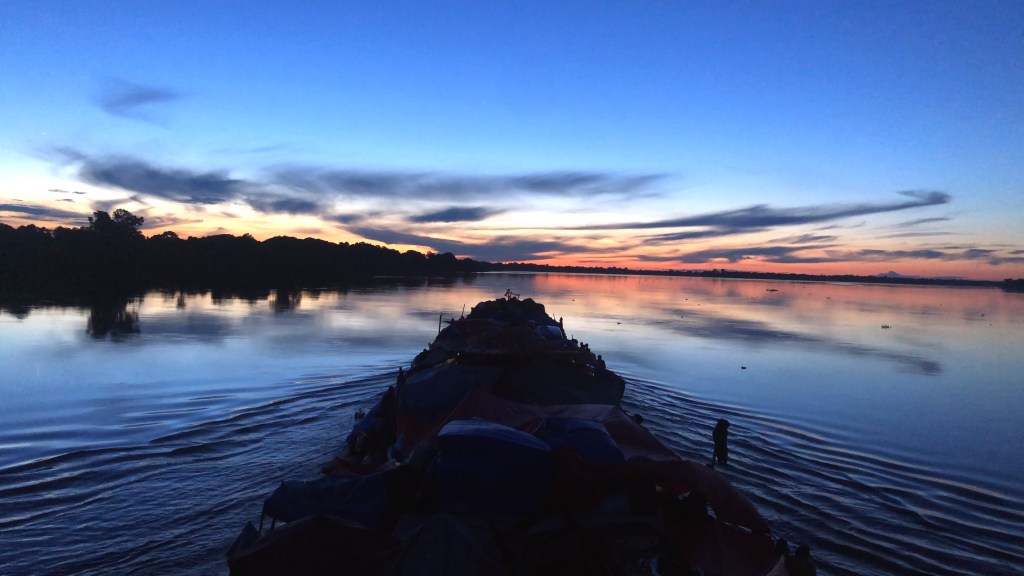
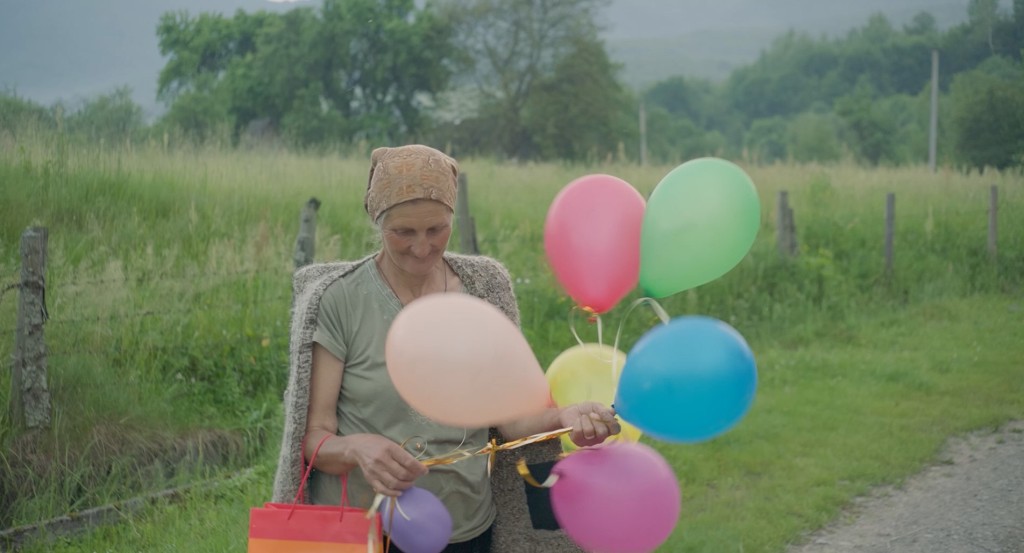
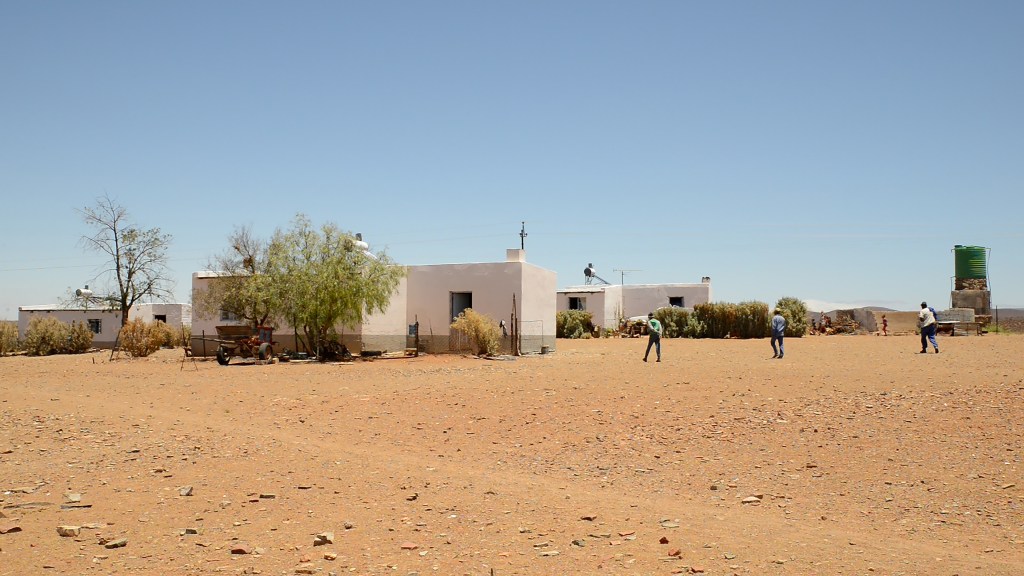
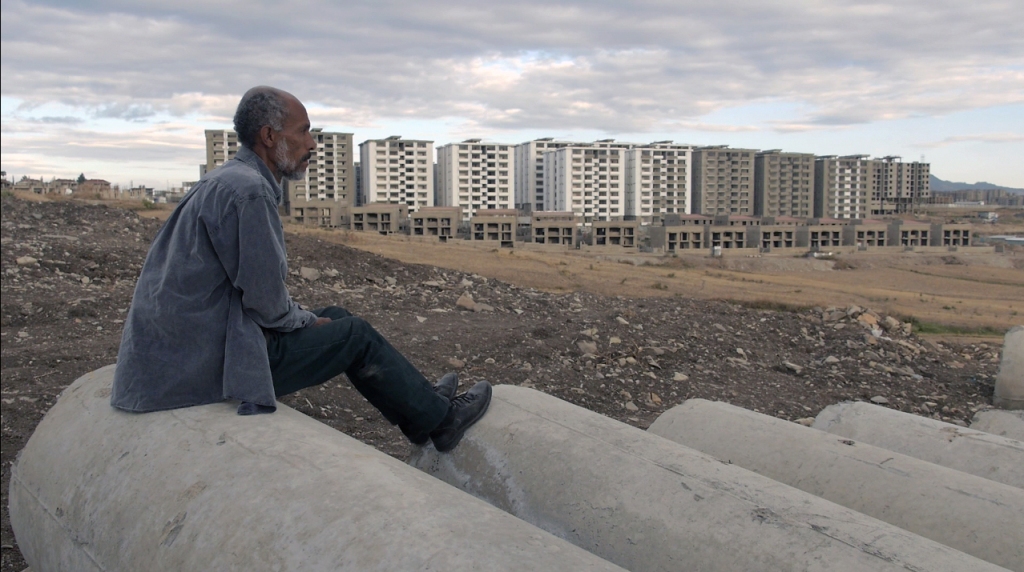
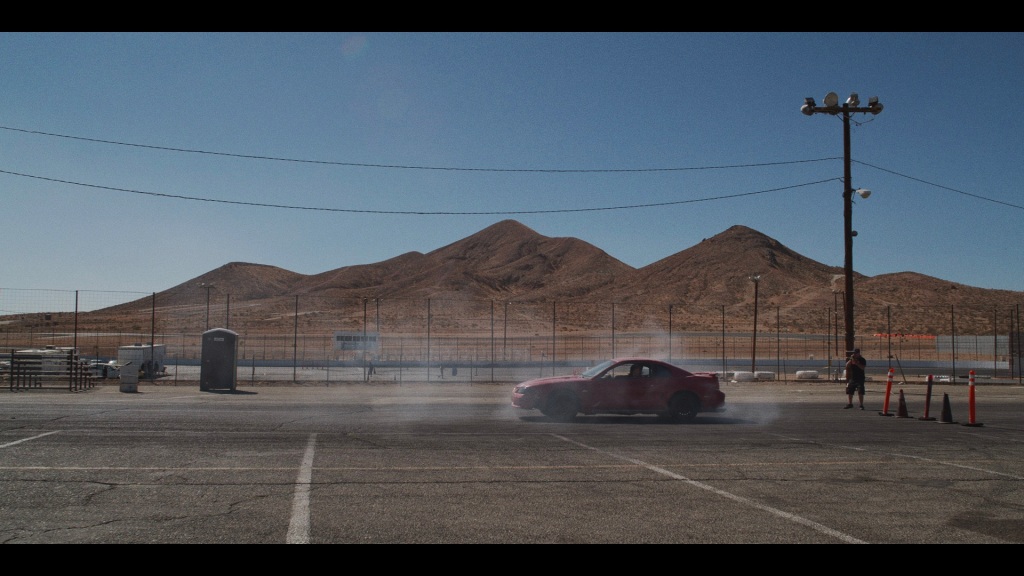
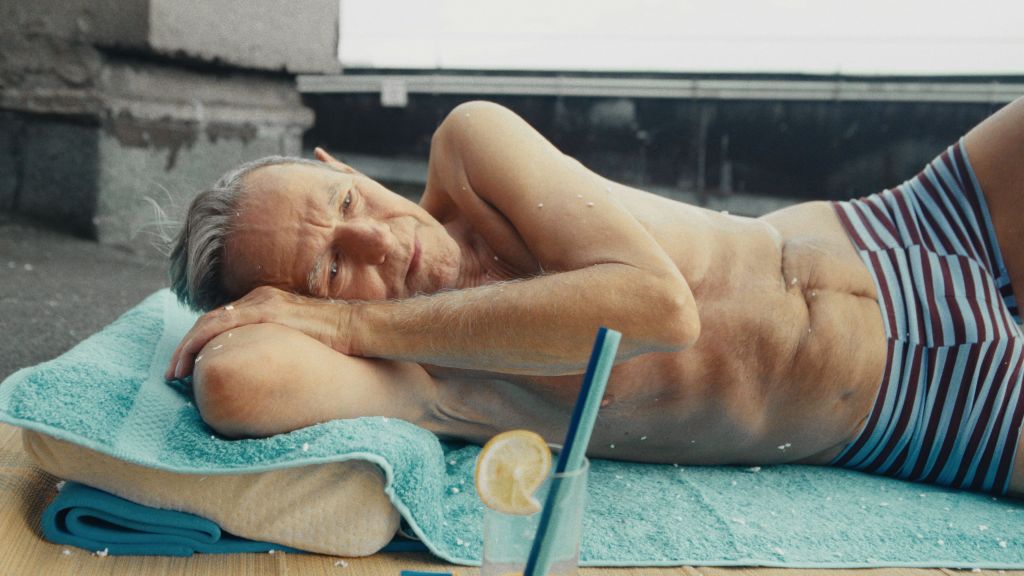
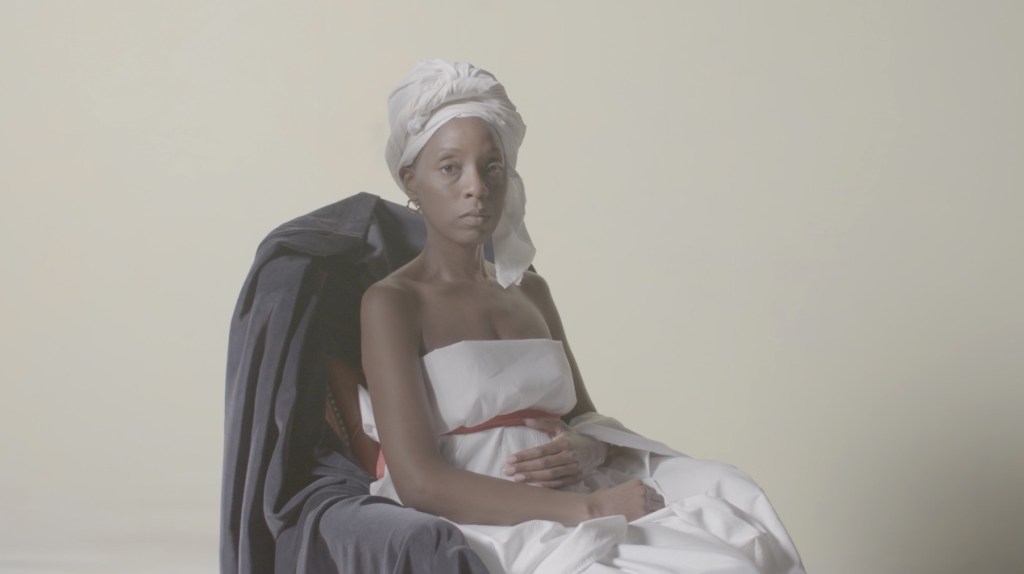
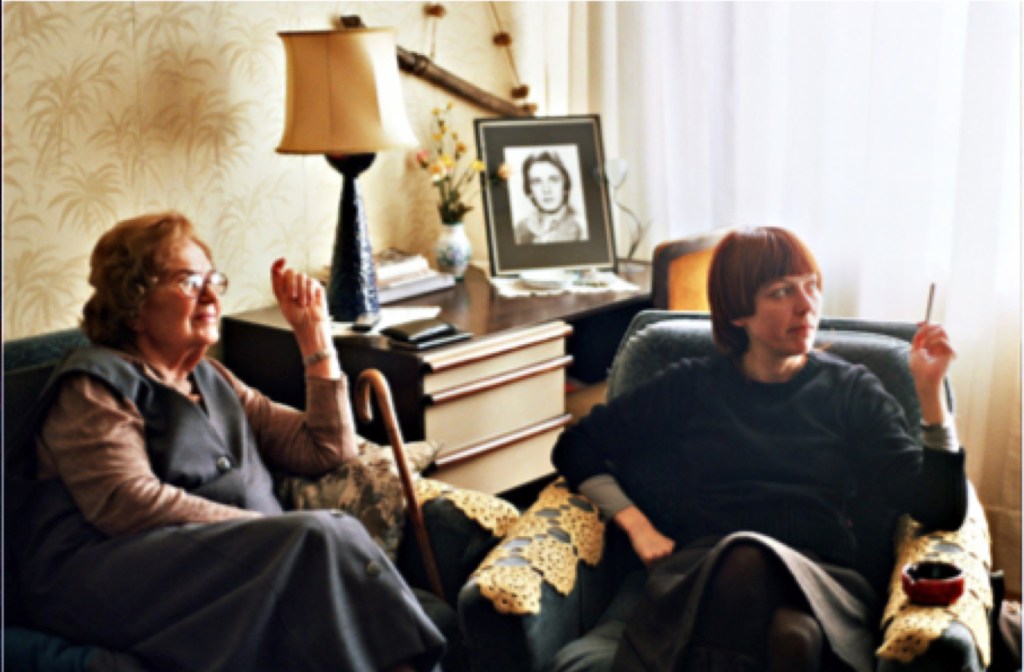
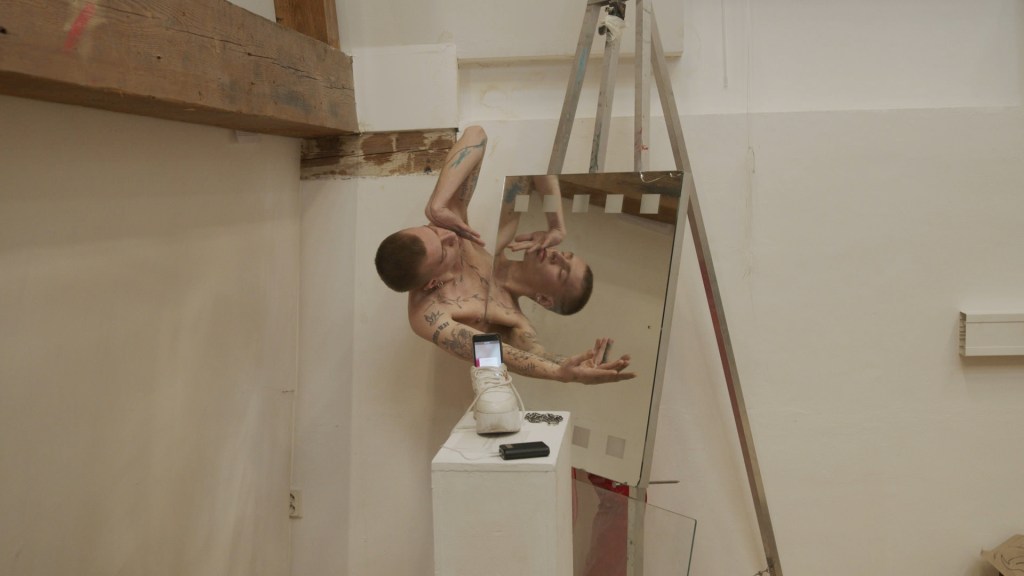
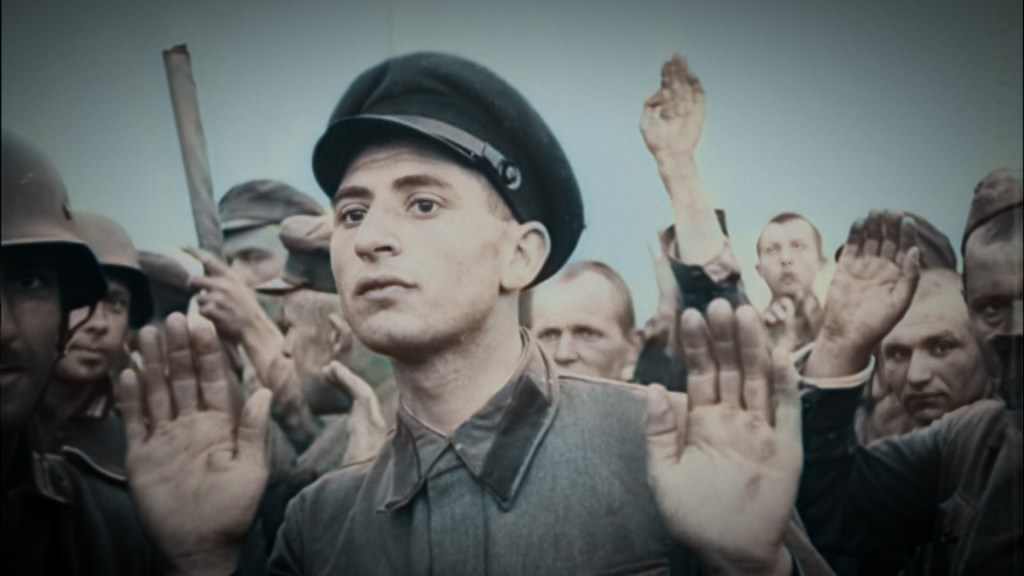
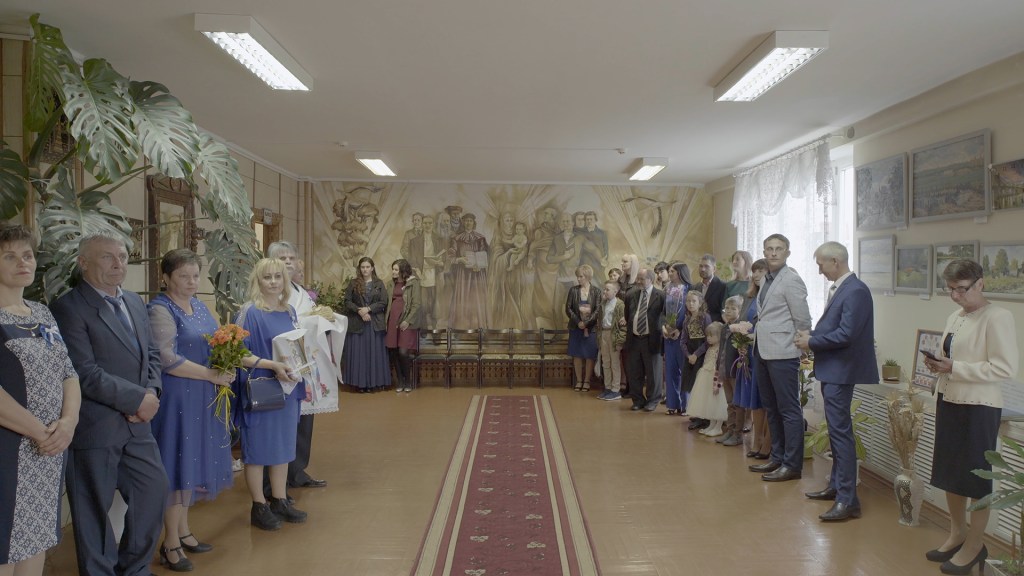

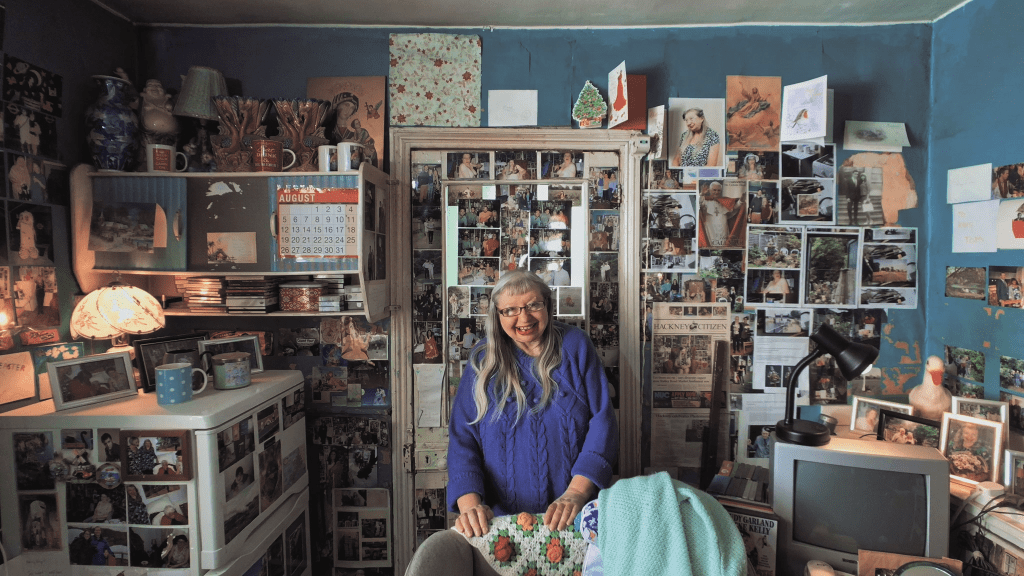
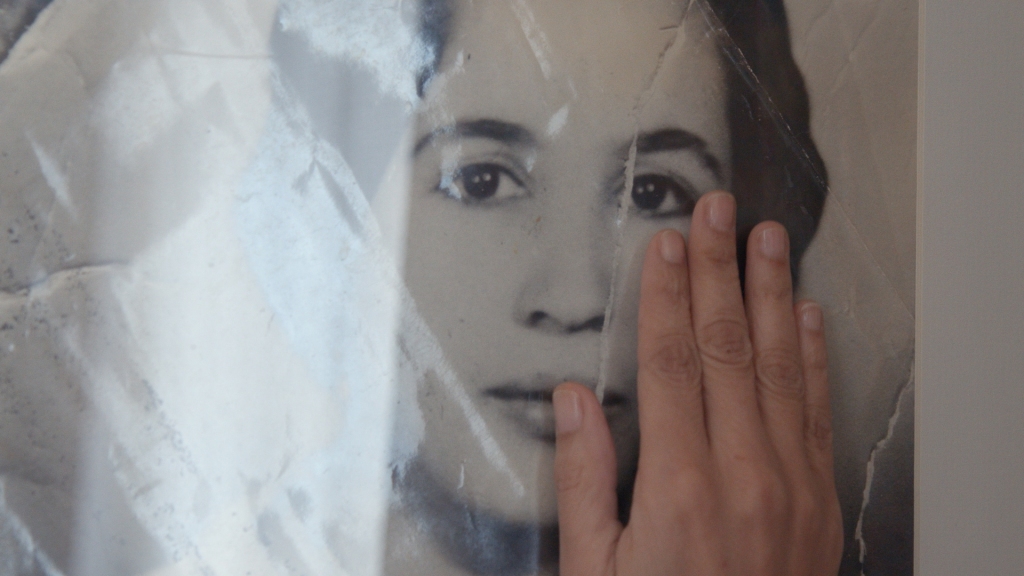
Leave a comment